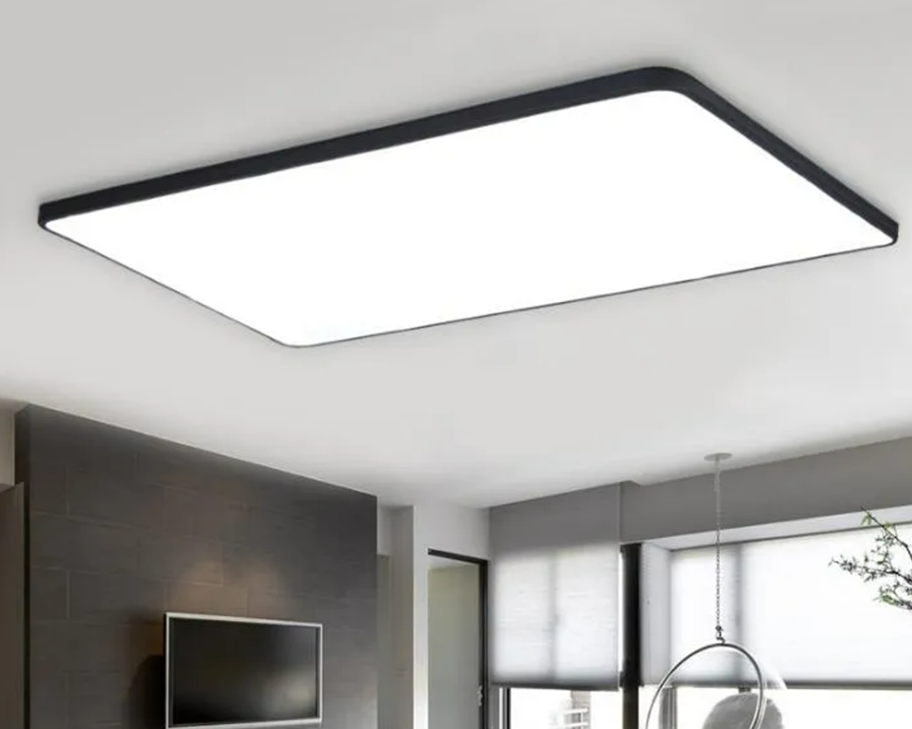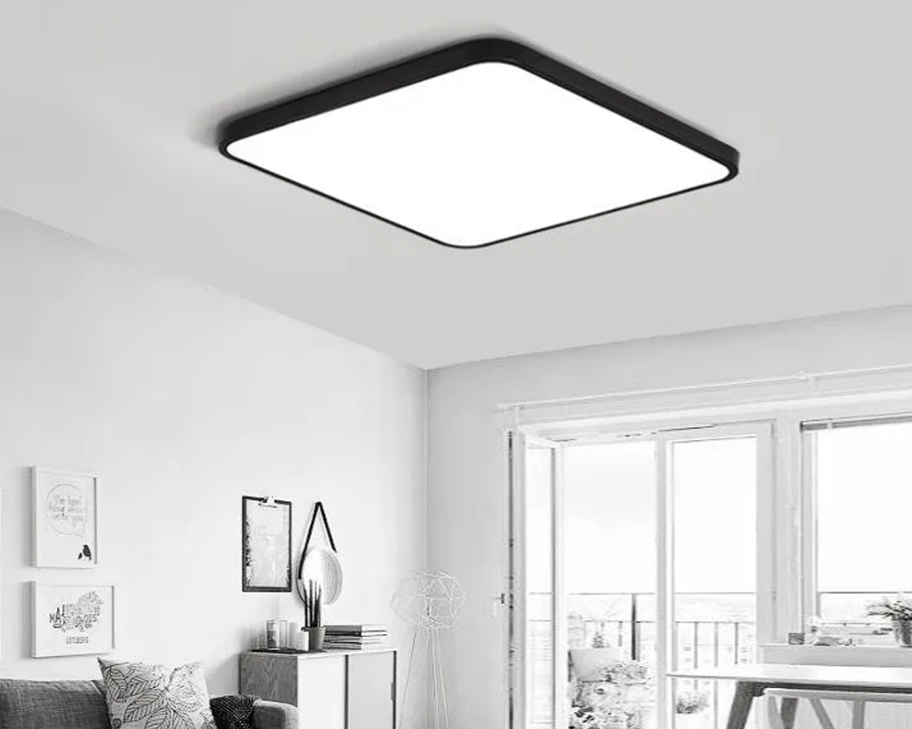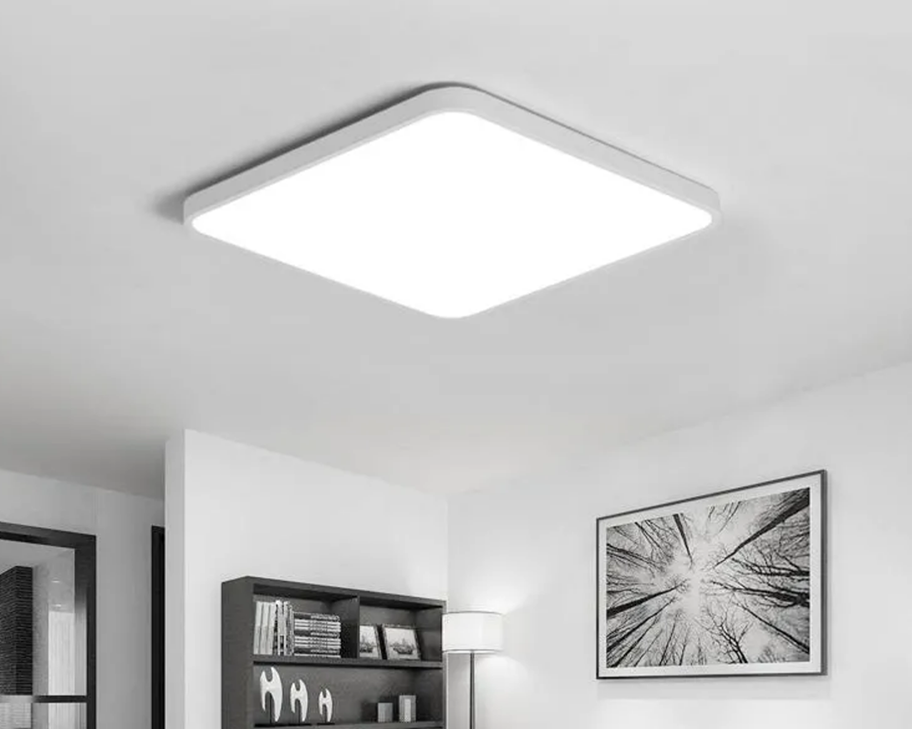The growth of COB (chip-on-board) LED downlights has reshaped the lighting industry, turning energy efficiency, compact design, and reliable performance into standard expectations. Focusing on commercial supply chains and market dynamics, this article explores how COB LED downlights—from surface-mounted and recessed variants to square and smart configurations—drive value across manufacturers, distributors, and end users.

First, product variety fuels demand. The landscape features surface-mounted COB downlights, recessed COB downlights, square COB downlights, and smart COB downlights that integrate sensors and wireless controls. Options like downlight outbow COB or reflector COB downlights address specific architectural aesthetics, glare control, and lumen requirements. This breadth allows lighting projects to match design intent with performance targets, from retail spaces requiring uniform color rendering to offices needing tunable white for productivity. As a result, manufacturers increasingly segment offerings (smart vs. non-smart, square vs. round, compact vs. high-output) to serve distinct customer profiles—specifiers, contractors, facility managers, and interior designers.
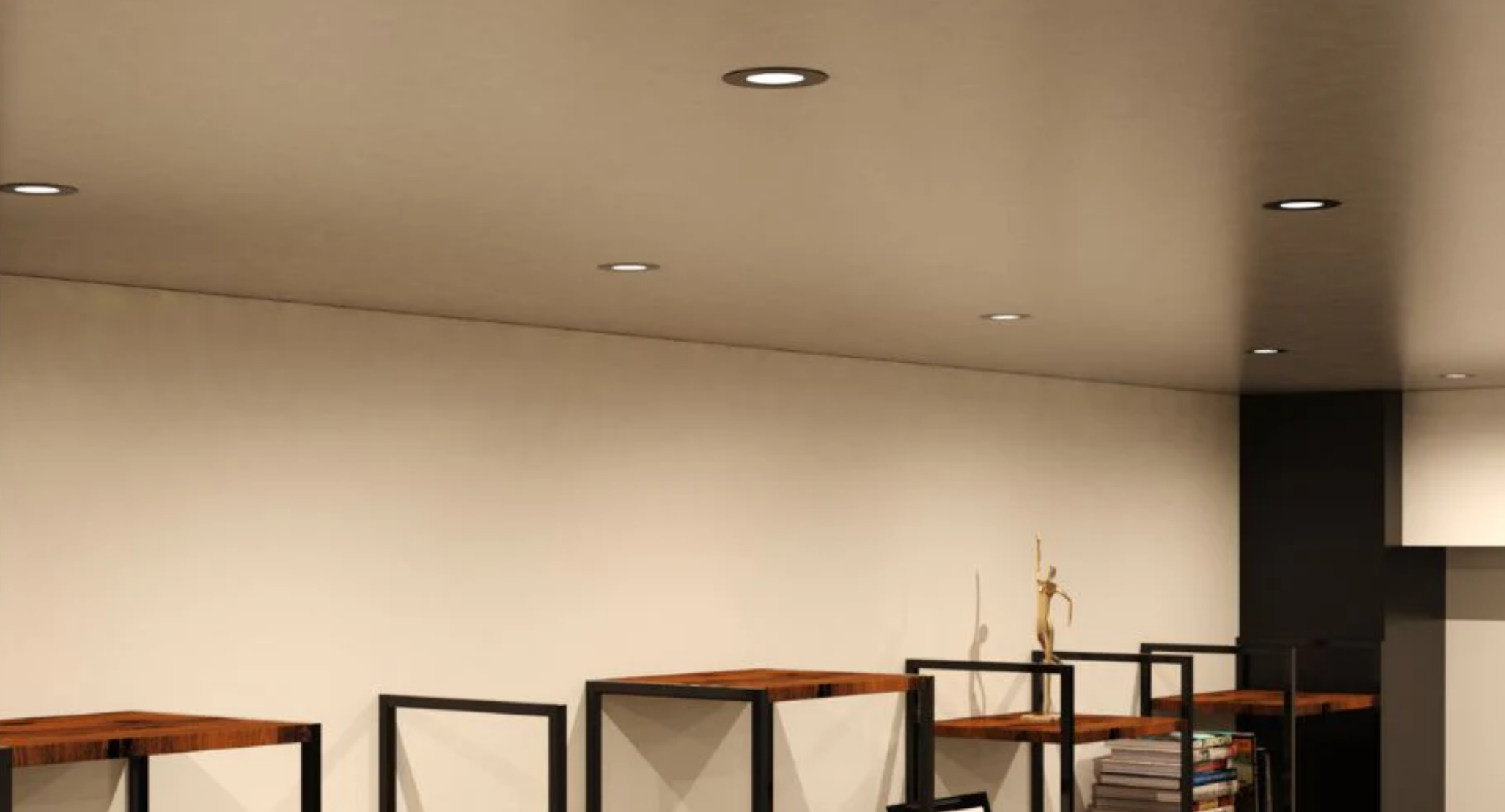
Second, the supply chain for COB LED downlights hinges on reliable sourcing and quality assurance. Key components—COB LEDs, phosphor coatings, drivers, optics, heatsinks, connectors, and housing—must meet rigorous standards for lumen maintenance, color consistency, and thermal management. Efficient procurement strategies focus on:
Vertical integration or trusted supplier ecosystems to secure phosphors and wafers.
Component standardization to streamline assembly across product lines (surface-mounted, recessed, or square profiles).
Strong logistics for timely delivery of LED modules, drivers, and finished fixtures, minimizing project delays.
Certification and testing programs (LM-80/LM-79, RoHS, CE, UL) to reduce warranty risks and ensure long-term performance.
Third, market drivers shape adoption in commercial sectors. Energy efficiency mandates and total cost of ownership (TCO) considerations push COB downlights ahead of traditional sources. The high luminous efficacy and long life of COB LEDs lower maintenance and energy bills, supporting rapid payback in supermarkets, hospitality, healthcare, and office spaces. Dimmability, color rendering index (CRI), and correlated color temperature (CCT) options enable precise lighting schemes that impact occupant comfort and perceived space quality. In high-traffic environments, robust thermal management and IP-rated housings help sustain performance, influencing purchasing decisions.
Fourth, price dynamics and competition influence market structure. While initial capital costs for COB downlights may be higher than legacy luminaires, total savings over the fixture’s life cycle drive adoption. Competitive pressure encourages manufacturers to optimize optics for uniform beam distribution, reduce thermal resistance with advanced heatsinks, and improve driver efficiency. Recessed and surface-mounted formats each have unique installation cost profiles, affecting bid pricing on commercial projects. Smart COB downlights, with remote management, occupancy sensing, and daylight harvesting, introduce new value streams for building management systems (BMS) integration, creating ongoing service and upgrade opportunities for suppliers.
Fifth, distribution channels and after-sales support determine market reach. Lighting distributors, electrical wholesalers, and e-commerce platforms play complementary roles. Architects and lighting designers influence specification, while contractors seek readily available stock and predictable delivery times. Warranty coverage, spare parts availability, and technical support become critical differentiators in a crowded market.
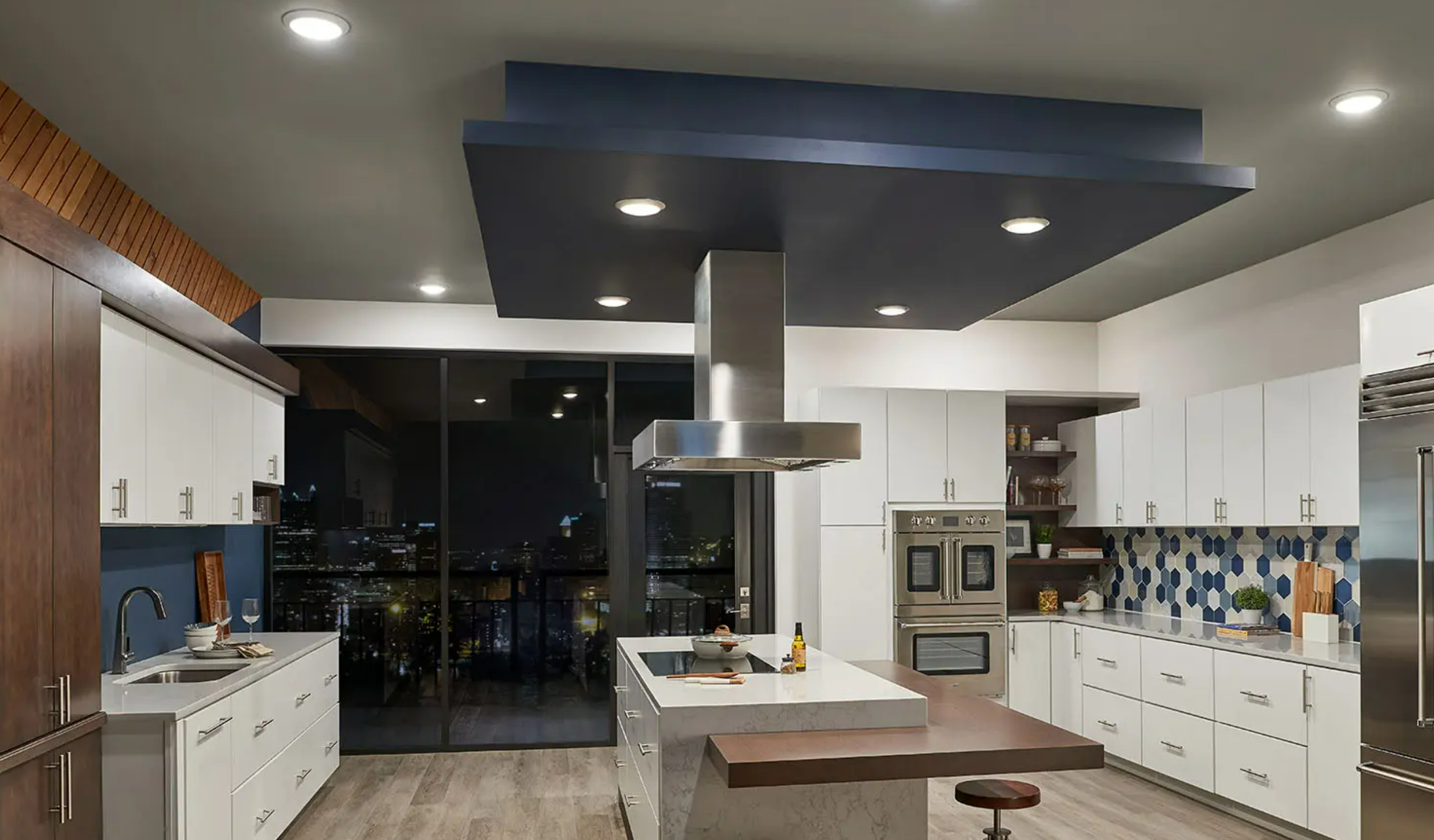
In summary, COB LED downlights are more than energy-efficient replacements; they are strategic components within a broader commercial ecosystem. Through diversified product formats—surface-mounted, recessed, square, and smart—and a resilient supply chain focused on quality, standardization, and service, the market continues to grow, driven by performance, design flexibility, and total cost considerations. As demand for efficient, controllable lighting rises, COB downlights will remain central to modern commercial lighting solutions.
